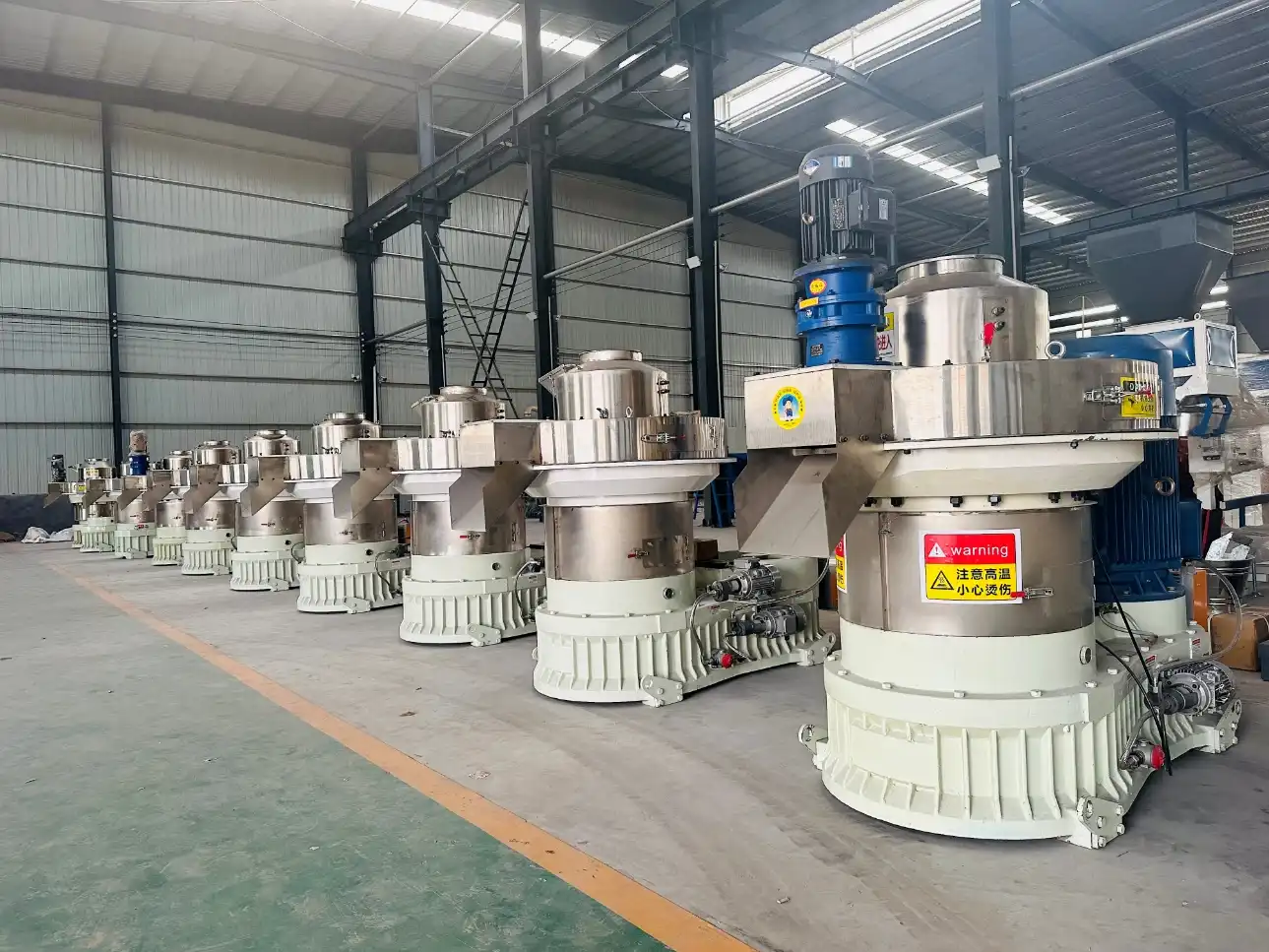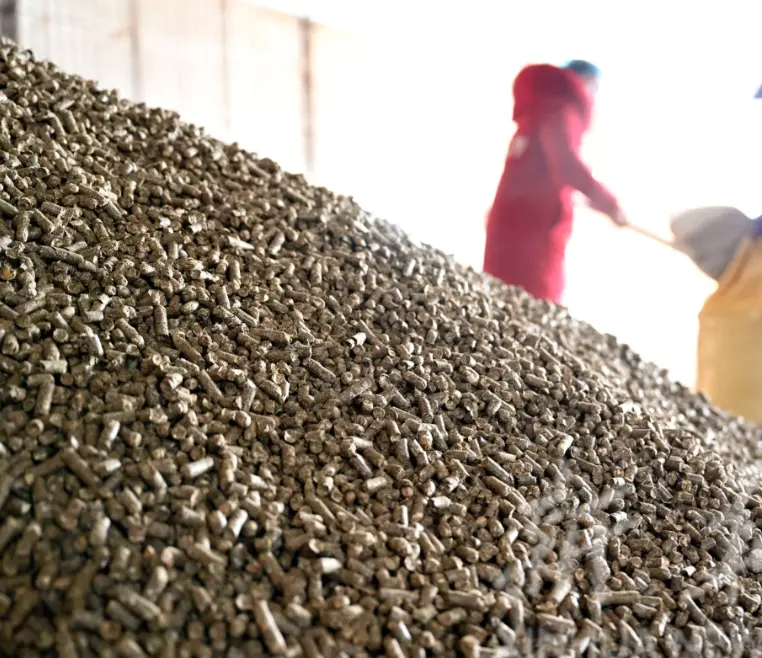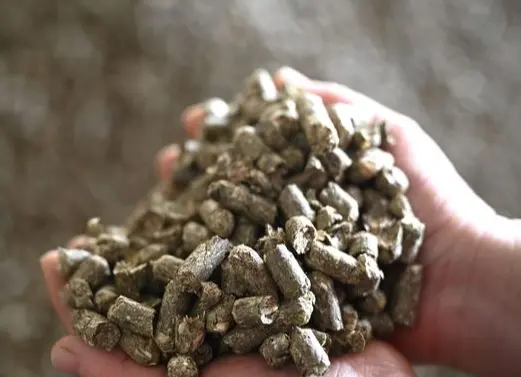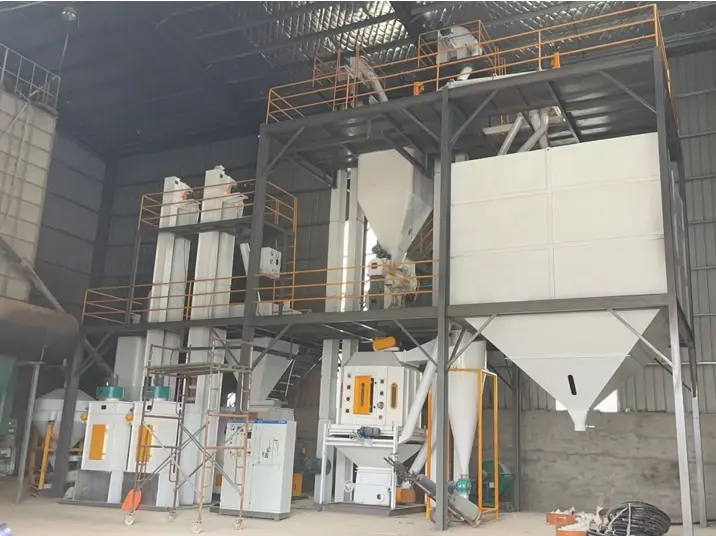
Save Costs by Converting Waste Paper into Fuel Pellets
Transforming waste paper into fuel pellets offers substantial cost savings and environmental benefits. Studies reveal impressive daily savings of $500 in landfill disposal and over $6,000 in ash handling and other variable costs. Additionally, it reduces future coal purchases. Each 1.5 tons of paper pellets equals the energy of a ton of coal, slashing fuel expenses by $45 per ton.
To achieve these savings, consider purchasing the waste paper pellet machine offered by XUEZAO MACHINERY. Our reliable waste paper pellet machines, ideal for industrial fuel or home heating, have been rigorously tested and proven effective. We recommend two popular models suited for small and medium-scale pellet producers: the XZLM300 Small Pellet Mill with an electric motor and the XZ-300D Flat Die Pellet Press with a diesel engine.

|
Model
|
Power
|
Engine
|
Capacity(kg/h)
|
Dimension(mm)
|
| XZLM300 Small Pellet Mill with Electric Motor |
11kw
|
Electric motor
|
300-360
|
1270*520*1070
|
| XZ-300D Flat Die Pellet Press |
55HP
|
Diesel engine
|
2270*620*1260
|


However, before feeding the waste paper into the pellet machine, ensure the material size is under 5mm. If not, utilizing the XZ420 waste paper hammer mill becomes necessary. This machine grinds paper into the required size efficiently.
Technical data of AZS420 hammer mill
|
Model
|
AZS420
|
|
Capacity
|
300-400 kg/h
|
|
Speed of main spindle
|
3500 r/min
|
|
Rotor diameter
|
420mm
|
|
No. of hammers
|
20
|
|
Diameter of sieve pore
|
2-6mm
|
|
Size of sieve
|
275*720mm
|
|
Power
|
7.5kw/ 4 phase/ 1450r/min
|
|
Weight
|
160kg
|
|
Dimension
|
1620*730*960mm
|

Waste paper proves highly suitable for biofuel pellet production due to its ease of separation from the waste stream, homogeneity, and minimal noncombustible content. It requires minimal processing for direct conversion into efficient fuel pellets, making storage and combustion hassle-free. Furthermore, burning waste paper pellets releases low sulfur and nitrogen oxides emissions.
An array of waste paper types is suitable for the waste paper pellet machine. These include newspaper, glossy paper, white office paper, colored office paper, envelopes, tissue, treated paper (NCR), beverage and waxed milk boxes, kraft paper, boxboard, and cardboard. Each type possesses distinct calorific values, further enhancing their utility for fuel production.
The calorific values per pound for various waste paper types range from 5228 to 7803 Btu/lb, making them viable and energy-efficient options for fuel production.
The advantages of waste paper pellets are manifold:
1. Conversion into fuel pellets reduces the demand for landfill space significantly, offering an alternative to the conventional disposal method for waste paper.
2. Burning waste paper pellets directly reduces fuel costs, making it an economical choice.
3. Waste paper pellets produce fewer hazardous emissions compared to coal, minimizing nitrous oxides and sulfur dioxide that contribute to acid rain.
4. These pellets are easy to handle with equipment designed for coal, particularly in stoker or circulating fluidized bed boilers.
Opting for waste paper pelletization not only yields substantial cost savings but also contributes positively to environmental sustainability by repurposing waste into a valuable energy resource. Consider investing in a waste paper pellet machine to harness these economic and ecological benefits.





